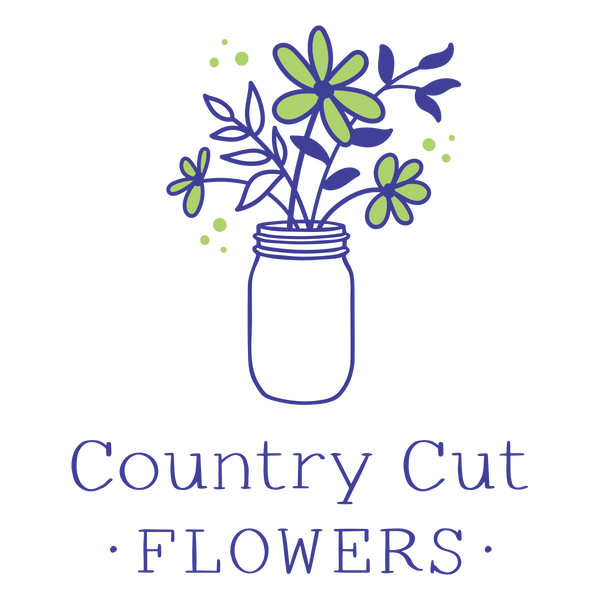Are you ready for spring?
As much as I love winter, this time of year has me daydreaming about warmer days. My cross country skis have gotten a workout this season, and I spent some time being cozy by the fire. Winter does have its advantages ;)

But for now, let's look ahead to spring and summer. For me this always leads to visions of my gardens. And that inspiration needs to get out of my head and onto paper. Perhaps you'd like to get your visions on paper too!
Over the last few years I take those ideas and put them into paintings and sketches - sometimes to document what I've already planted but usually to put future plans to paper.

It can be as simple as splotches of water colour paint and a fine-tipped black marker to identify elements (the first picture above) or as detailed as a drawing to scale like the one directly above.

Have fun and don't worry how precise your picture is. I think we're all artists! I can certainly be hard on myself but in the end, planning your garden space should be fun. Of note, I use my paintings and drawings as loose inspiration, rather than something meticulous I follow to a T.
Here are some easy instructions to create simple plans using water colour paints. First, a list of supplies you'll need:
- Use a good quality paper like a 300 series Strathmore water colour paper. The thicker the paper the better paint will sit.
- Water colour paints like the ones below. No need for tubes of top quality paints unless you already have them.
- Small and large paint brushes.
- A pencil, fine black marker, an eraser

Start by drawing a light pencil outline of your space. If you want it to be precise, measure it out. If it’s more for general inspiration then don’t worry about measurements. Drawing lightly is important so the pencil lines aren't too visible once you paint.

Using your small paint brush, put a dab of water in a plant area, then a dab of paint. If it’s lighter than you’d like, add more paint. If it gets too watery, blot it with paper towel. Water colours are pretty forgiving.
Clean your brush in water and move to the next plant or building, leaving small spaces between the items so the paints don’t run together.
Once you have all the plants in your garden painted, use a large paint brush to roughly paint the grassy areas in green. I like to leave little gaps in the paint so white bits of paper come through. The picture can look pretty rough at this point.

Then, my favourite part - the outlines in a fine black pen! I like to add loose outlines throughout the painting, not necessarily outlining everything. Label some or all of your elements.

These drawings and paintings often give me a general feel for an area. If you know specifically what you want to plant, you can label those items. But if not, flip through garden magazines, do a google search, or visit a garden centre or botanical garden for advice.
Have fun!

